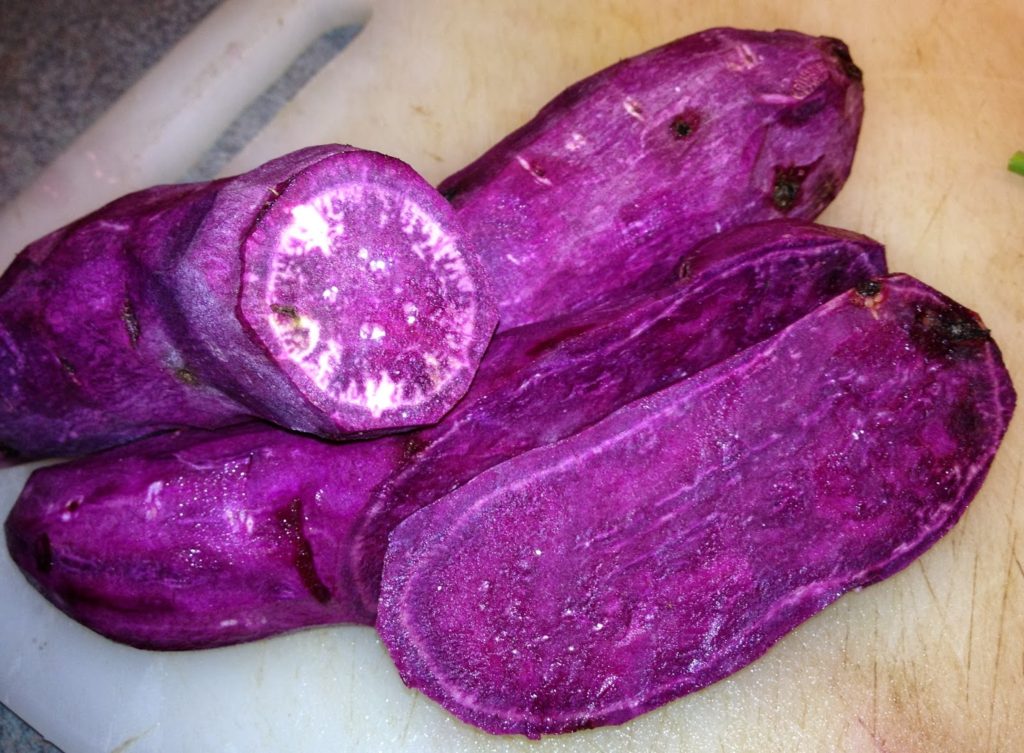Most Americans think of ‘sweet potatoes’ as a produce commodity used in preparing the traditional holiday sweet potato pie or candied yams. What we didn’t know is that they are highly nutritious and a great source of vitamins, fiber and minerals. According to the Center for Science in the Public Interest, the large, sweet-tasting starch is considered one of the most healthiest vegetables in the world.
Cutting-edge research reveals a number of health benefits associated with the sweet potato that might encourage you to add the vegetable to your diet on a more regular basis.
- Within the orange-hued flesh contains an unsurpassed source of bioavailable beta-carotene,that transforms into vitamin A. According to the U.S. Food and Drug Administration, Vitamin A is a powerful antioxidant and is linked to anti-aging benefits as well as cancer prevention. The National Institutes of Health notes the sweet potato as a helpful source in the maintenance and strengthening of our eyesight.
- Vitamins B and E work to energize the body, protects from oxidative damage and supports a healthy immune system. Being rich in vitamin D, the sweet potato works to help build strong bones.
- Sweet potatoes are a mighty source of vitamin C. Scientists have found more than one-third the daily recommended amount of vitamin C in one sweet potato. The vitamin not only promotes good skin care and collagen growth; it strengthens immunity, fights infection, may lower blood pressure, and heal wounds.
- The iron contained in the sweet potato is an essential mineral aiding in the production of white blood cells.
- Eaten with the skin on, the sweet potato is a good source of fiber, important to heart and digestive health, lowers cholesterol, helps to manage weight and assists in regular bowel movements.
- The naturally sweet orange potato has anti-inflammatory properties and has been known to lower inflammation in brain tissue and nerve tissue after consumption.
- Magnesium found in sweet potatoes helps the body relax and works as an anti-stress mineral. It is necessary for healthy blood, bones, heart, muscle and nerves.
FYI: Experts estimate a magnesium deficiency in over 80 percent of North Americans.
The sweet potato is often referred to as a ‘yam,’ but there is a botanical distinction between the two. While they are both root vegetables, the yam, native to Africa and Asia, comes from the lily family. The sweet potato comes from the morning glory group with origins in either Central or South America.

Yams grow larger, are sweeter to the taste, but do not contain the nutritional value of the sweet potato. While the orange-hued vegetable is most common to Americans, other colors (such as purple) are enjoyed by others in other parts of the globe.
And let’s not forget the versatility of the sweet potato in the way it can be prepared. Try them steamed, boiled, baked, roasted, fried, grilled or pureed.













